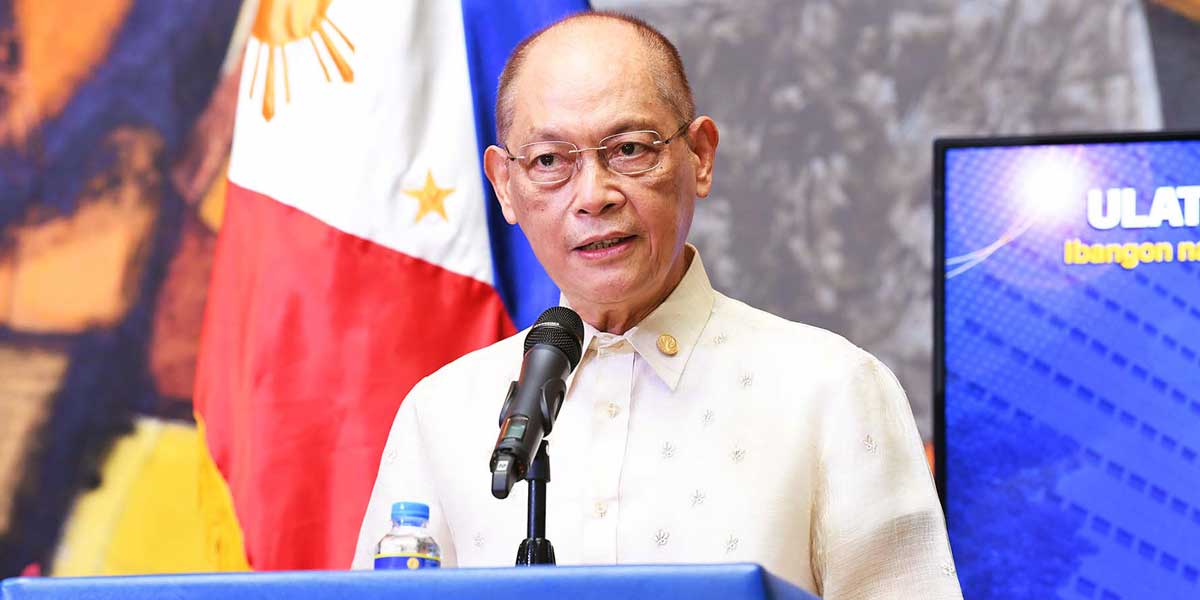
Finance Secretary Benjamin Diokno said he will officially recommend to President Ferdinand “Bongbong” Marcos, Jr. to continue the implementation of the Rice Tariffication Law (RTL), in light of the President’s earlier pronouncements to amend or suspend the law.
The measure, enacted as Republic Act No. 11203 on February 14, 2019, lifted the quantitative restriction on rice imports and imposed a minimum of 35 percent tariff on imported rice, effectively opening the Philippine rice market.
“[The RTL] really is a good law. It has a major contribution to our desire to control inflation, so I think it’s not smart to go back to the old system,” Secretary Diokno told reporters during the 182nd Development Budget Coordination Committee (DBCC) Press Briefing on July 8, 2022.
The price of rice has remained low and predictable even during the height of the pandemic, due in large part to the RTL. On average, today’s Filipino consumer enjoys a price reduction of 7 pesos per kilo of rice compared to its peak in 2018. Households also now have a variety of choices under a liberalized rice trading regime.
Secretary Diokno explained that prior to the liberalization of the rice sector, rice was a major source of inflation. Following the enactment of the RTL in 2019, the contribution of rice to inflation dwindled down to negative levels.
In January 2019, when inflation was at 4.4 percent, the contribution of rice to inflation was 0.6[1] percentage point (ppt). By contrast, in January 2020, when the inflation rate was at 3.0 percent and with the RTL already in effect[2], the contribution of rice to inflation dropped to -0.8 ppt.
The effects of the RTL continue to be felt. In June 2022, when overall inflation hit 6.1 percent, the contribution of rice to inflation was only 0.18 ppt. Clearly, due to the RTL, rice prices have remained stable.
Tariffs collected from rice imports are reinvested back into the local rice industry through the annual P10-billion Rice Competitiveness Enhancement Fund (RCEF). The fund earmarks resources for the modernization of the agriculture sector and provides farmers with greater direct access to credit, high-quality seeds, agricultural machinery, and skills training on modern farming technologies.
The RCEF is on top of the regular programs of the Department of Agriculture (DA) and other government agencies for the rice industry.
Rice farmers also received P8.2 billion direct and unconditional cash aid from the 2019 to 2021 rice tariff collections in excess of P10 billion under the Rice Farmers Financial Assistance (RFFA) program.
[1] Data on the contribution of rice to inflation for January 2019 and January 2020 are based on the 2018 base year. The same trend can be observed if we use the 2012 base year. In particular, contribution to inflation of rice in April 2018 amounted to 0.4 ppt, which went down to 0.0 ppt in April 2019 and -0.4 ppt in April 2020.
[2]The RTL was implemented in March 2019.




















